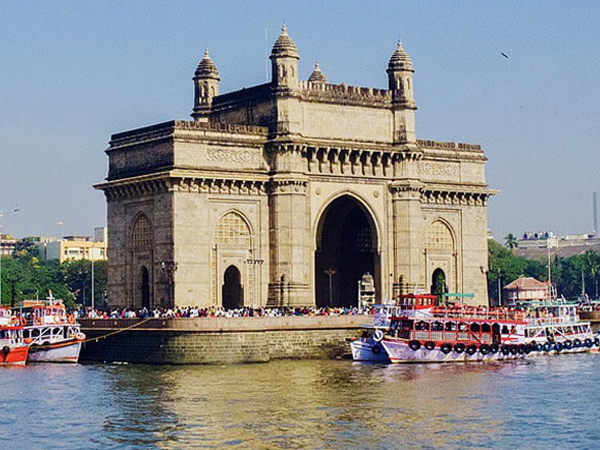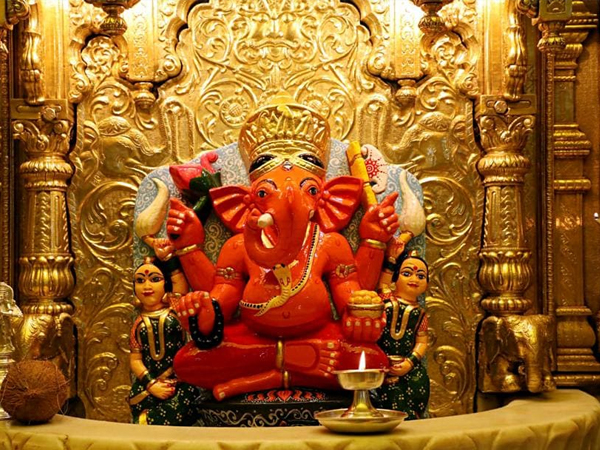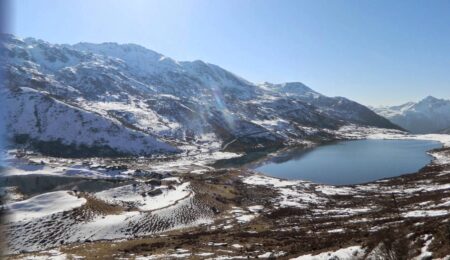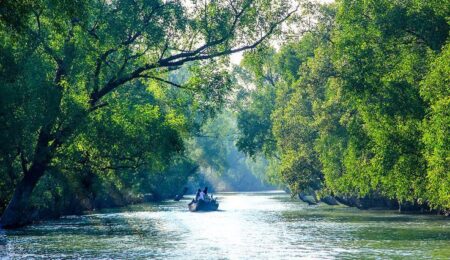 A national park contains much more than just its wild animals. The delicate balance of nature means that plants and animals should rely on each other in order to survive in this world. Disrupting the balance can have wide-reaching effects. Often an animal species become rare because it has been hunted by humans, or because its habitat – a rainforest, marsh or pond has been destroyed. But sometimes the animal is wiped out altogether – it becomes extinct and this affects all the plants and animals that depend on it for their own survival. That is why these national parks are formed so that these animals can be conserved. The magnificent park established way back in 1936, is one of the best-known sanctuaries in India. It is named after Jim Corbett, the famous hunter author, and conservator. The park covers a large forested area of over 520 sq. km, comprising of foothills of Shivalik ranges and the Patlidun Valley with swiftly flowing river Ramganga.
A national park contains much more than just its wild animals. The delicate balance of nature means that plants and animals should rely on each other in order to survive in this world. Disrupting the balance can have wide-reaching effects. Often an animal species become rare because it has been hunted by humans, or because its habitat – a rainforest, marsh or pond has been destroyed. But sometimes the animal is wiped out altogether – it becomes extinct and this affects all the plants and animals that depend on it for their own survival. That is why these national parks are formed so that these animals can be conserved. The magnificent park established way back in 1936, is one of the best-known sanctuaries in India. It is named after Jim Corbett, the famous hunter author, and conservator. The park covers a large forested area of over 520 sq. km, comprising of foothills of Shivalik ranges and the Patlidun Valley with swiftly flowing river Ramganga.
The varied topography thus provides a home to rich and diverse wildlife. The dense jungles of the park are famous for the tigers of Kumaon. It is also a heaven for the panther, wild bear, sloth bear, elephant, deer, python, cobra, crocodile, gharial, etc. The river Ramganga is full of mahseer, trout and grouch fishes. The park is also an “ornithologist’s paradise”, as over 538 species of birds have been recorded here. There’s another interesting thing that is an open Jeep Safari accompanied by an expert naturalist. Here, Royal Bengal Tiger can be spotted while roaming around. Various wildlife species are resting their habitats so they can be captured in the camera of the traveler. Due to the predictability of game concentrations, Jim Corbett is one of the most popular national parks in India. This fact offers visitors an excellent chance of witnessing thrilling confrontations between a tiger and other animals. In the evening, moving towards Kosi River (Kosi river available in Dhikuli Village Resort) and spending a few pleasant hours at the bank of the river would be a great idea.
 The nearest airport is Pantnagar (130 km) and the railhead is at Ramnagar (50 km), which is an obligatory entrance of the park. Kaladhungi (81 km) is known for Corbett’s Museum, dedicated to the great hunter.
The nearest airport is Pantnagar (130 km) and the railhead is at Ramnagar (50 km), which is an obligatory entrance of the park. Kaladhungi (81 km) is known for Corbett’s Museum, dedicated to the great hunter.
Park Entry: 06:30 am to 05:30 pm
Safari Timings: 06:30 am to 09:30 am and 01:30 pm to 05:30 pm










